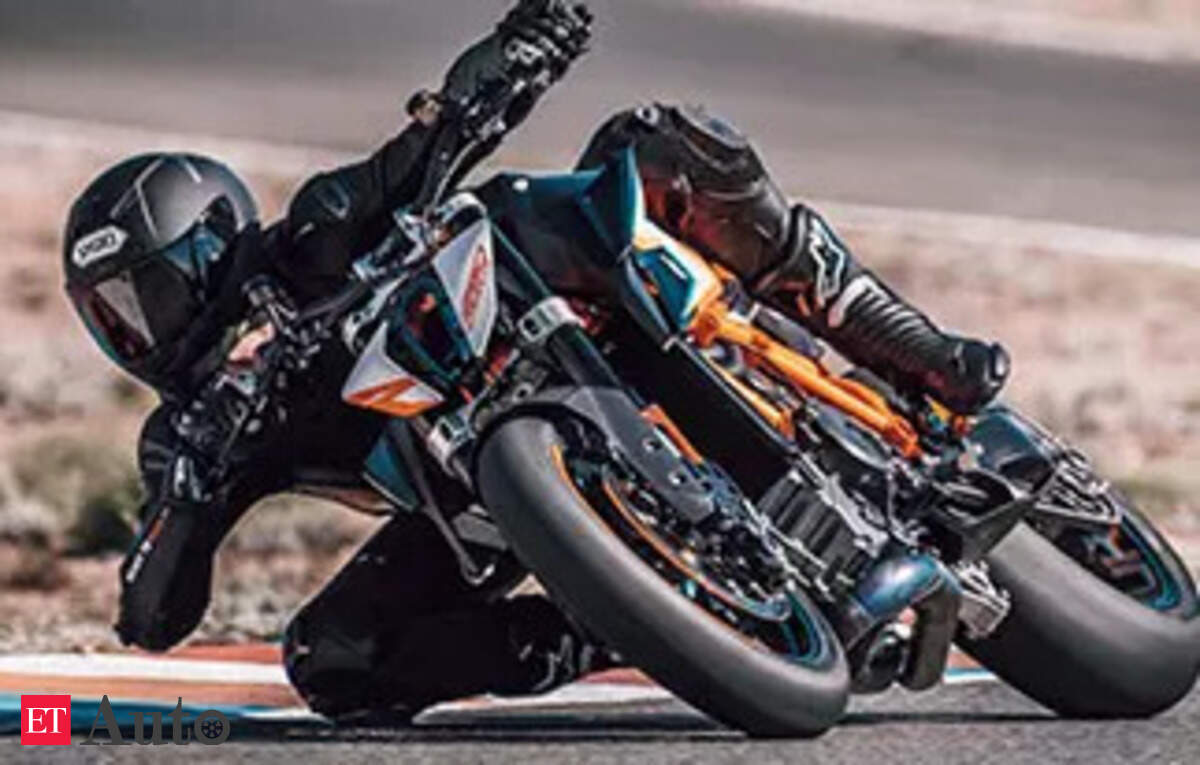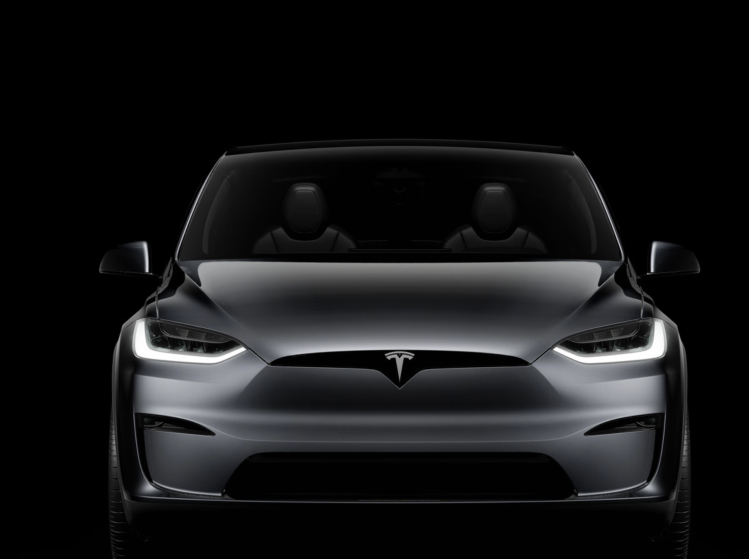Highlights
- Bajaj Auto to begin KTM turnaround plan post regulatory approvals, with exports resuming next quarter.
- Exports expected to grow 15–20% YoY each quarter, driven by strong demand in Latin America and Brazil.
- Six new Pulsar variants launched; new 125cc model and full FY26 product pipeline planned.
- Freedom 125 CNG sees 6–11% share in high pump-density areas; adoption slow in low-density regions.
Bajaj Auto
and
KTMwill begin to work very closely and execute a comprehensive turnaround plan once all regulated clearances are in place over the next three months.
The leadership team at Bajaj Auto shared this update with analysts in a recent Q&A session following the fourth quarter results of 2024-25. “Looking ahead, we have strong belief in the opportunity for KTM and indeed for Bajaj,” they added.
The impending start-up and revival of KTM will also unlock exports of KTM motorcycles from India next quarter onwards. These used to constitute about 5 per cent to 6 per cent of Bajaj Auto’s exports and had dropped to almost nil.
“Given this performance and revival in the market along with our competitive position in key markets and the return of KTM exports, we expect overall exports to continue to grow at 15 per cent to 20 per cent every quarter year on year,” said the Bajaj team.Given this performance and revival in the market along with our competitive position in key markets and the return of KTM exports, we expect overall exports to continue to grow at 15 per cent to 20 per cent every quarter year on year.Bajaj Team
Going ahead, there will be a full-fledged work stream that will be put up aimed at restoring the momentum and competitive growth of the business, looking for synergies in procurement and component sourcing in production. “We will also, at some point in time, look at expanding the remit of the joint development programme as a possible opportunity,” continued the leadership team.
Potential partnerships
This could also see going beyond the present range of 400cc to “expand all the way up to let's say, the 990cc in the immediate term horizon”. Bajaj Auto will also continue to look for potential partnerships and collaborations that can help build the KTM business to sustainable competitiveness and long-term value creation. All this will however happen only after all the regulatory approvals come through.
“We are still going through a regulatory process that we are bound by. It is our intention to get started once all those approvals are in place. And then there is a full turnaround plan, knowing fully well what the diagnosis of the issue is and where the opportunities lie that will be put into action,” said the management.
Also read:
Bajaj Auto to infuse 60% of its FY26 capex into EV biz
The idea is to try and get at least the first set of results to start showing up in 2026 once a plan is put into place. Hence, this calendar year will largely focus on bringing back continuity given that KTM bike production stopped in December when the Austrian company hit a rough patch.
“It is about reviving the engagement, the partnership with customers on the extended ecosystem. It is about ensuring normalcy in operations setting in and a new way of working, a collaboration kind of setting in once approvals are in place and we can actually get in,” added the Bajaj Auto team.
Boosting exports
Beyond the subject of KTM, the company is also betting big on growth in exports which make up an important complement of its business. The top 30 overseas markets grew by 26 per cent in Q4 reflecting “a very healthy” revival. In these markets, Bajaj Auto outpaced the industry growth of 26 per cent and grew by 31 per cent. According to the management, Latin America is now its largest emerging market region in the world for motorcycles where Q4 saw a “rich mix” of over 65 per cent of premium brands of Pulsars and Dominars. Bajaj Brazil also recorded its highest-ever retails of 7,000-odd units during the quarter.We have commissioned the Brazil plant with an annual capacity of 20,000 units per annum last July and have already expanded this to 30,000 units. The plan is to expand it further to an annual capacity of 50,000 units to be achieved by December this year.Bajaj Team
“We have commissioned the Brazil plant with an annual capacity of 20,000 units per annum last July and have already expanded this to 30,000 units. The plan is to expand it further to an annual capacity of 50,000 units to be achieved by December this year,” said the company.
Also read:
Bajaj Auto's Q4 net profit declines 10% to ₹1,802 croreAfrica and Asian markets are steady though the uncertain trading environment in Africa means “we need to carefully watch these markets and avoid any build-up of stock, endangering the exposure of our distribution partners”.
Back home in India, Bajaj Auto will focus on rejuvenation of the Pulsar portfolio, which spans from 125cc to 400cc. Six new variants were launched in Q4 targeting the sporty and commuter subsegments within the 125cc to 200cc class.
“We will continue this exercise with the introduction of new products in the Pulsar portfolio right through FY26. We are also looking at an entry-level 125cc product and therefore, it is a full pipeline of products for FY26,” said the management.
New brand in offing?
It is when this new offering “sort of acquires its specs and full form” will Bajaj Auto decide on the branding. “Now whether there is space for one more brand beside Pulsar will be based on careful analysis of how distinct these sub-segments are,” it added.According to the management, the overall two-wheeler market performance slowed down in Q4, especially in smaller urban centres while smaller and mid-tier towns did well. “The metros are also okay, but the larger towns are slowing down perhaps under the pressure of inflation, driven particularly by things like rental inflation. And we have seen some pressure on purchasing power,” elaborated the Bajaj team.
According to them, the southern markets have been under greater pressure in terms of industry performance while the northern regions of Uttar Pradesh, Delhi, Haryana and “these types of belts” are doing much better. The management said it would like to actually wait and see a few more months before trying to extrapolate this performance as it was “very hazardous in this up and down way of market behaviour to take a small segment and then extrapolate for the whole year”.
CNG experience with Freedom 125
The company is also “steadily expanding” the penetration of its CNG motorcycle, Freedom 125, which has retailed 60,000 units thus far and is being adopted mostly by long-distance riders in high-pump density areas. “We are now specifically and vigorously targeting this cohort, a long-distance rider in high pump density areas to drive up the penetration of Freedom, which has reached even 10 per cent to 11 per cent of the 125cc segment in some CNG dense areas like Kerala and Delhi,” said the Bajaj team.Reiterating that the product acceptance has been “fantastic”, the company added that it had done some surveys where most customers were “actually delighted” by the CNG-powered motorcycle and particularly by the savings it was supposed to deliver.
However, there are still some challenges to be overcome. As the management explained, it was now encountering some issues in the scaling up of Freedom. One related to customer anxiety of not having enough pumps. If these outlets were spread out over a large area, there were concerns among riders about being stranded in an area which did not have a pump.
Consequently, Bajaj has been realising that adoption is very slow in these areas. However, in Kerala and Delhi where pump density is good, Freedom’s penetration has been in the range of 6-11 per cent. The second issue is the filling pressure. Freedom has a 2 kg pump tank which should ideally deliver about 200 kilometers with a full condition.
However, some of these pumps do not have the right kind of pressure, as a result of which the tank is under-filled and the range gets compromised. This obviously becomes an issue with long distance riders. “We know which are the areas with the right pump density and have started to calibrate our resources in terms of engaging with customers. This has been the learning over the last 3-4 months,” said the Bajaj team.





Comments (0)